






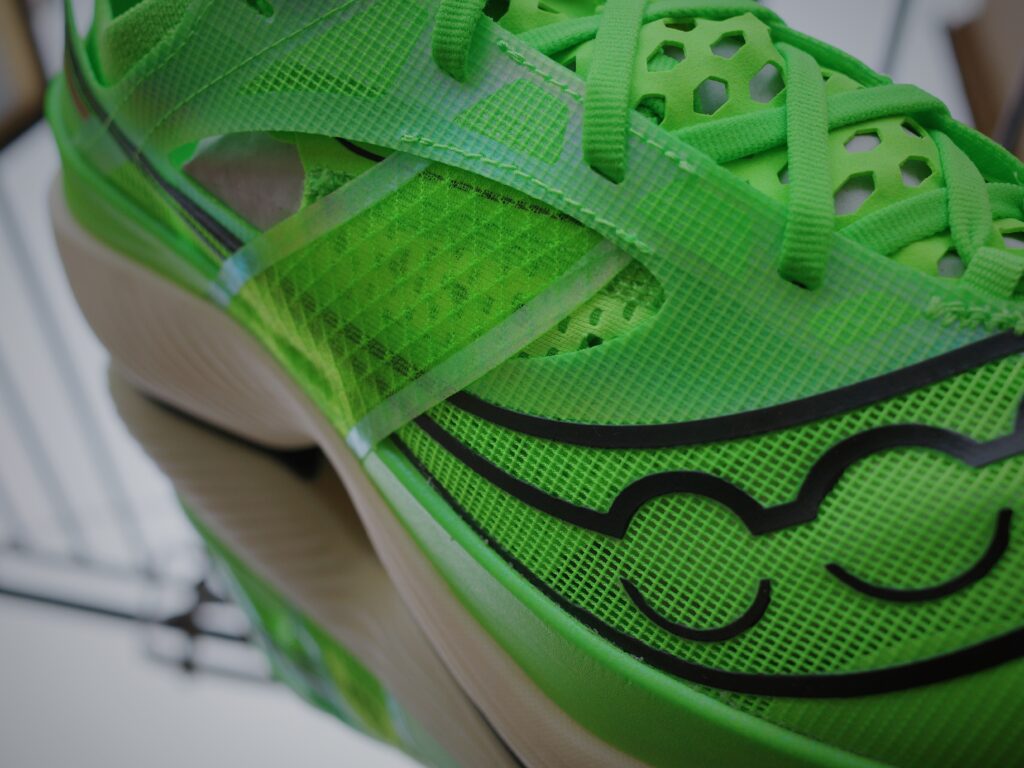

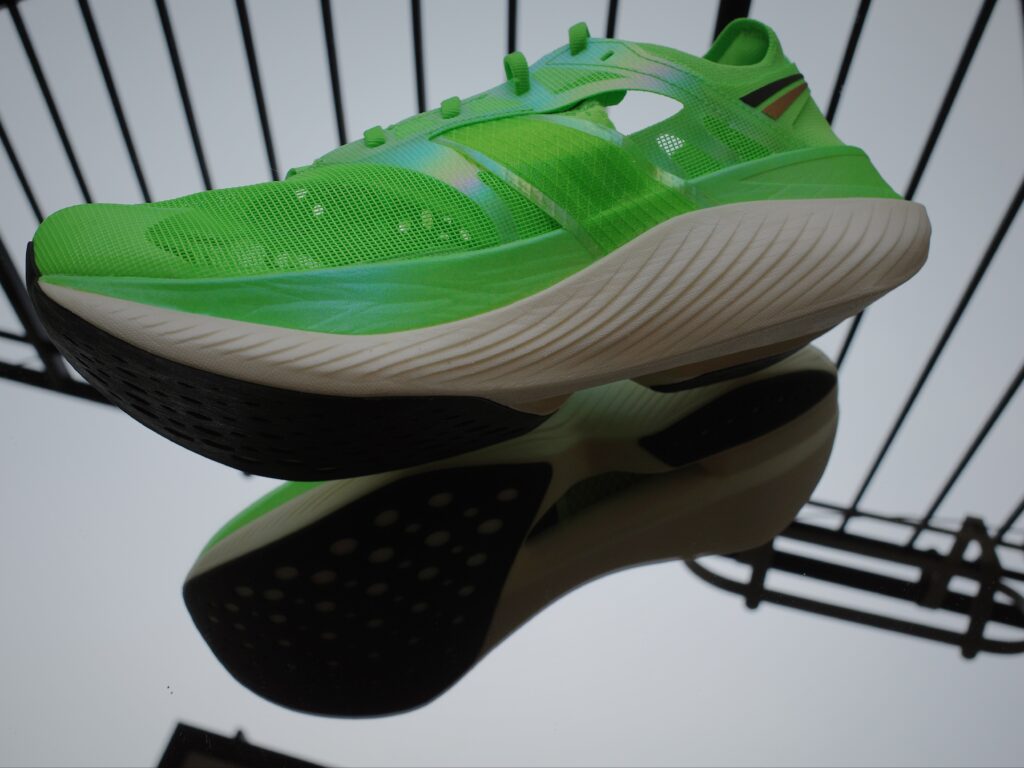

Tune of the day: Strategy – Graffiti In Space











Tune of the day: Strategy – Graffiti In Space






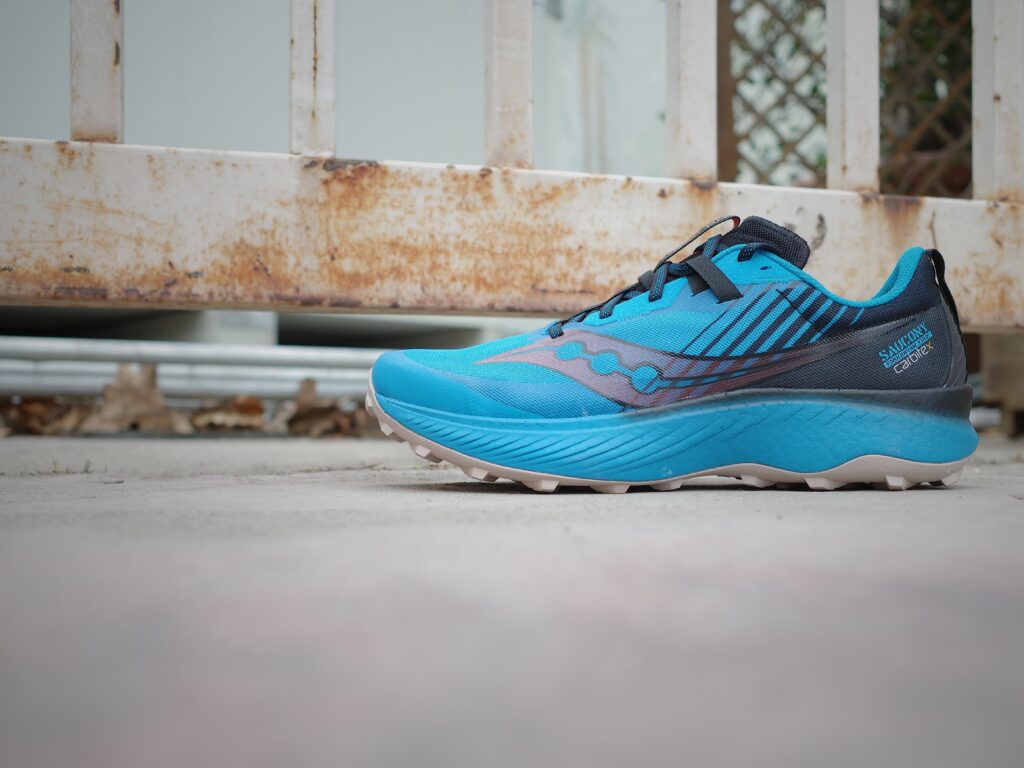





¨Tune of the day: Enfant Sauvage – 58500 (Daniel Avery Remix)





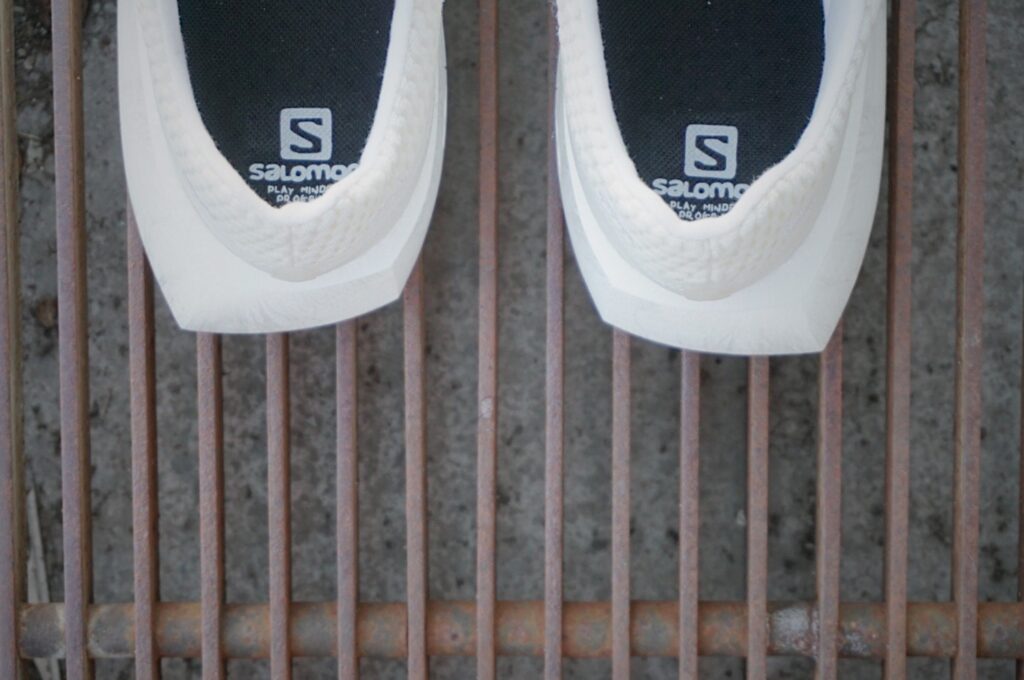





Movie of the day: Tony Martin – Qualen, Lehren, Perspektiven
Tune of the day: Anchorsong – Remedy












Tune of the day: Fred The Godson – Garcias
YouTube of the day: Kengo Suzuki’s 2:04:56 National Record to Win Final Lake Biwa Mainichi
Pod of the day: Tommy Hughes joins the Spring Snyggt Podcast (Start at 53 Minutes)








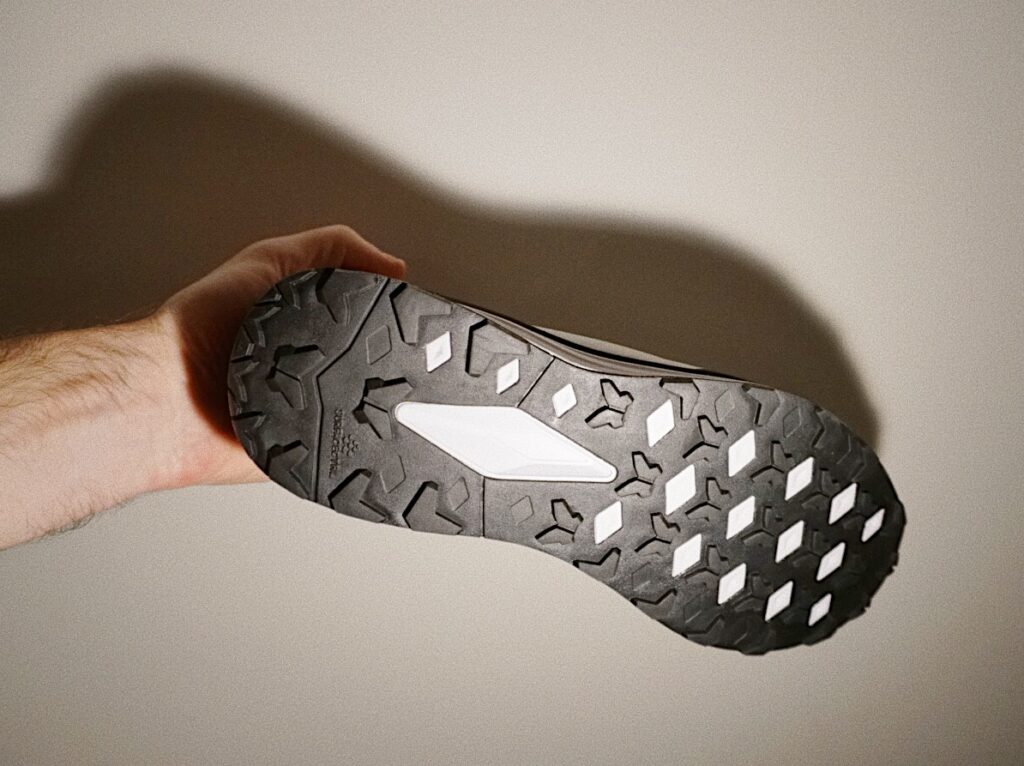



Tune of the day: Pete Rock & C.L. Smooth – It’s Not a Game (Instrumental Version)
Read of the day: Cathal Dennehy: Welcome to the age of the super shoes
| Getting low – the general drop comes in at 6mm. Other hard facts are a 22mm heel height and 16mm on the forefoot. Proper racing style! |
| “REVlite” is the title of the foam mixture that is used as the base of the shoe. The lightweight composition bids excellent and springy underfoot cushioning which I really valued. |
| Besides a tacky design the greatly centred heel-to-toe cavity supports the runner to achieve a straightforward and precise ride as the shoe is stabilised. |
| More specifics of the firm outsole and the certain lug-designs. |
| A key factor for the steadfast and supportive ride that this shoe offers is the “REVlite” sole. |
| Front end – New Balance reorganised the start of the lacing and built-in a petite holder in the centre of the bottom end of the shoe. |
| The foremost revise to the first version of the 1500 – a sock-like tongue support that keeps everything in check and creates a very comfy and precise feeling while striding. |
Tune of the day: Aidan Baker and Tomas Järmyr – Werl I
| Personally I always enjoyed the fitting of the Ekiden. The elegant and thin upper creates a comfortable and close fit and makes running fast a controlled experience. |
| It is called “X10” and its job is to ensure stability and traction. The durable Mizuno carbon rubber allows for longer wear in high impact areas and provides more traction. |
| “U4ic” is the name of the midsole compound providing high comfort and performance, while being extremely lightweight. |
| The height of accurate racing expertise is found in this Japanese heritage shoe. |
| Unconquerable – the pure beauty of a simple running flat. |
| The polite 6mm offset bids a fast and very responsive ride. |
| All pictures show the Mizuno Wave Ekiden in the Diva Blue, White and Safety Yellow colour line. Mizuno sticks to the characteristic design. |
| Mizuno’s 10th version of the Wave Ekiden bids minimal underfoot support which is desired to run fast and efficient. With a total weight of sweet 145g the shoe offers no arch support either. |
| Once more I was delighted to have a go with this classic. Mizuno delivers once more as the only update their road-racing flagship insignificant. Why change a running system? |
Scarpa is on the move. On the move to further increase and improve their quality alpinist inventions. Since years the Italians are a household name when it comes to high-quality off-road outdoor equipment. Particularly the footwear union is widely recognized and highly popular among hikers, mountaineers, alpinist or Skimo competitors.
The rapid chunk of mountain and off-road undertakings have been overlooked for some time. Last year’s running shoe collection (Already I reviewed the Minima) was an exciting starter to the lighter efforts of alpine travels. With the latest signing of well-known athlete, photographer and outdoor novelist Joe Grant, Scarpa puts the emphasis on the thriving trail-running market place. With a three-year contract in its pocket, Grant will be the face to their alpine shoe product line. It will be exciting to see how his contribution will assist the corporation to settle in this market slice.
The up-to-date product pool bids some pretty exciting lightweight and minimal goods. As I was checking the fresh assortment, the Atom caught my full attention. A refined and fast looking minimal piece of foot wear. Not only the flamboyant coloring forms an eye catching shoe, it is also the vigorous 4 mm drop that generates a shoe for quick and direct off-road undertakings.
In addition to the general clean and effective look, the Atom offers some thoughtful details that will appreciated during long and short outings. I ran the Atom through varieties of undergrounds and conditions. While I was training around the Cote d Azur lately, I had the chance to take the Atom from end to end of a variation of challenging undergrounds. Although damp and indulgent forest single-lanes were an laid-back mission, the shaky and technically difficult trails along the rocky coast line were a excessive playground for this model. I was astonished by the performance of the nifty grip the Vibram Genesis Lite outsole offers. The build-in rock platter bids a boundless protection without making the shoe too inflexible.
I still appreciate my excursions with the Atom as the shoe offers great traction that ends in a secure feeling during all sorts of punishing environments. Scarpa marks a move into the correct direction. It is going to be exciting to see what the Italians issue in the future. Their knowledge among mountain shoes is countless. How they will incorporate it into the light and fast style will be interesting to witness. Certainly the new-fangled Atom is a huge move that offers so much delight along the trails.
| The low stack height of the Atom is created for steep and technical trails. |
| The brand name stands for Società Calzaturiera Asolana Riunita Pedemontana Anonima, which means Associated Shoe Manufacturing Company of the Asolo Mountain Area. |
| The Atom characters a fine and exiting refresh to Scarpa’s mountain running assortment. |
| Race ready – fused upper material to save weight and increase the comfort! |
| Hailing from the Montebelluna region in Italy, the company opened their US HQ in Boulder, CO in 2005. |
| 249g of trail running madeness awaits. |
| The partner for wild outings is the Vibram Genesis Lite sole. |
| The midsole is made out of Compression Molded EVA and works quite well. |
| Not only the Orange Fluo painting makes this shoe stand out. |
| A pretty handy element – A little pocket on the tongue stores away the laces. |
All pictures: Runssel
| The centre of attention is the Mizuno typical wave midsole (A Wave Plate constructed from pebax Rnew). It offers a great fitting and cushion through the heel and midfoot. |
| Pretty trendy – The Wave Catalyst in the “Palace Blue / Safety Yellow” colour theme. Mizuno understands to design characteristic shoes with a unique style. |
| Besides the overall performance there are a lot of polite and petite features that make a shoe singular. Mizuno pleasantly incorporated their well-known runbird symbol in the sole. |
All pictures (c) runssel
Other Mizuno reviews:
Mizuno – Wave Kazan 2
Mizuno – Wave Rider 19
Sneak Peak
| Gossip has it that Hoka is well known to be pretty narrow. Width-wise I never experienced any difficulties. The Vanquish 2 adds to that impression and offers enough space for my ordinary sized feet. |
| A robust, well-muffled sole is the key factor to transport firm support in an active and responsive ride. |
| A Dual-Layer Midsole Construction that fuses rebound EVA in the body with a cushioned EVA on top, offers customary HOKA ONE ONE Ultrasize cushioning with a bit of extra springy ‘zing’ in the stride. |
| The images display the Vanquish 2 in the “Grey / Orange Flash” colour theme. |
| Several geometrical details: Offset: 5 mm, Forefoot: 27 mm, Heel: 32 mm |
| The Vanquish 2 makes for a great long-distance training shoe – bouncy and reactive. A joy for training crushed up jogging limbs. |
Other Hoka One One Reviews:
Hoka One One – Speedgoat
Hoka One One – Huaka
Hoka One One – Clifton 2
All pictures (c) runssel
© 2025 RUNssel. Alle Rechte vorbehalten.
Thema von Anders Norén.
This site uses cookies. By continuing to browse the site, you are agreeing to our use of cookies. Find out more.
The Runssel Website (www.runssel.com) places cookies, which are small data files, on your computer or handheld device. This is standard practice for all websites. Cookies are essential for helping me deliver a high quality website and to collect information about browsing behaviour. By using and browsing the Runssel website, you consent to cookies being used in accordance with my policy. If you do not consent, you must disable cookies or refrain from using the site.